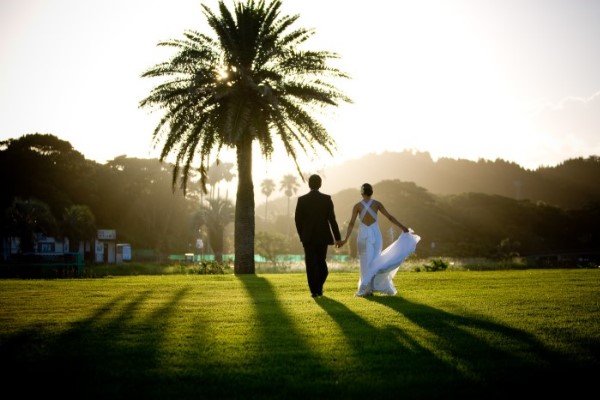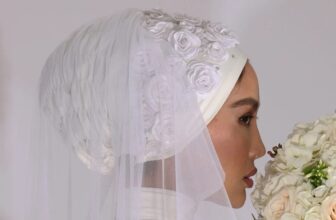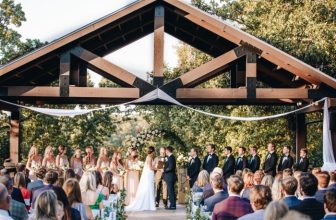
Wedding Photography: How to Photograph Your First Wedding.
Photographing your first wedding can be a daunting task regardless of how experienced you are in photography. There are extra considerations & precautions that have to be taken into account to make sure it moves smoothly.
Here’s an overview of tips that will help you come across more professionally as well as alleviating some of the stress that comes with photographing a wedding.
1. Visit the Location Before
It’s very helpful you visit the location with the couple to get an overall sense of how the day will play out; you can use this time to try out different shots and take a few shots of the couple around the location prior to the wedding. You’ll get a good idea of how the lighting will look indoors which will allow you to plan ahead if you need to bring additional gear.
2. The Shot list
Before the wedding, it’s an essential idea to meet with the couple before hand to establish the general style of shooting as well as any key shots that they require. Some couples prefer more candid style photos that appear to be taken by someone who’s interacting with all the guests – a part of the wedding.
Others prefer set up and posed group shots, ranging between different family connections. Once you’ve established the overall style of the photography, it’s best to make a plan of the day. Decide whether or not you’ll be photographing the time before the actual wedding: the moments when everyone’s getting ready.
They might prefer you to jump straight to the cars and guests arriving. It’s obviously best to comprise the shot list in order so you can check it off as you progress throughout the day.
3. Find a ‘co-ordinator’
Organising group shots can be difficult, especially since you’re not aware of the family connections and everyone’s names. The best way to make this process smoother is to allocate someone that’s part of the family to help co-ordinate your shots. They’ll know everyone’s names and relations so it’ll be much easier for them to do it while it frees you up to focus mostly on taking the photos.
4. Backups and preparation
A good practise across all photography is to use multiple smaller SD cards where possible. ‘Don’t put all your eggs in one basket’ – While it’s tempting to aim for the highest memory possible, if a 32GB SD card is lost or fails then you lose many more photos than if you were using multiple 8GB SD cards.
While camera bodies typically last years, it’s always a good idea to use two camera bodies if possible; or at least have one reserved as a backup. The weather is rarely predictable, an off camera flash can be a life saver for the moments when the sun goes in and the clouds offer a soft diffused light.
Combined with an off camera flash and a shoot-through umbrella you can get some very pleasing results despite the dull mood & weather.
5. Be aware of sound
Make sure you’re considerate with sound and quiet moments, while you’ve been hired to document and capture moments. The last thing you want people to remember is the sound of your shutter going off repeatedly during the vows.
First things first: Turn off all your camera sounds. Certain camera bodies also offer different methods of silent shutter, allowing you to at least soften the sound a little. During these moments you obviously don’t want to be firing high bursts of shots; you need to pick your moments carefully.
If you happen to have any camera with a leaf shutter; this can be put to great use here since the shutter sound is barely audible on cameras like the Fuji x100.
6. Two Camera Bodies
In other styles of photography you might have the luxury of being able to swap lenses… at a wedding however, the time it takes to change a lens could result in you missing a key shot. It’s much easier to use two camera bodies to reduce the amount you need to change lenses.
It’s common to use a wide or normal lens on one body and a telephoto lens on the other. For example, a 35mm and an 85mm would allow you to cover almost all ranges within a wedding.
Mark Dolby is a professional wedding photographer based in Leeds. Please visit Mark’s website for some examples of his photography – www.markdolby.co.uk.




